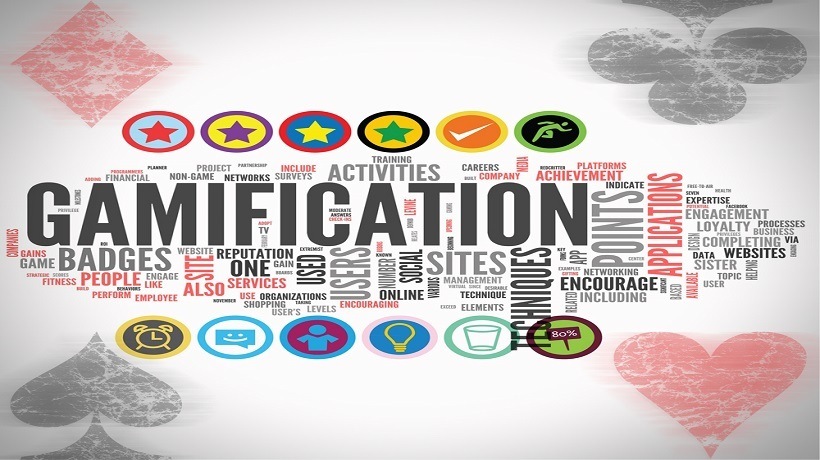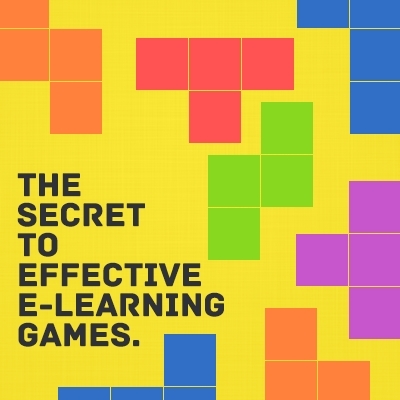How To Make Learning Games Effective: 5 Tips of Ensuring That Players LEARN
With the advent of computers, internet and communication technologies games have become more accessible, less costly, highly engaging and lots of fun for players of all ages. In addition, the worth of games in learning has also been explored in education and corporate training as well.
A game is often described as having one or all of the following attributes
- A particular goal or outcomes to achieve
- A Conflict or challenge or a problem to be solved
- A set of Rules to follow
- Interaction within the environment
- A Compelling storyline
- Continuous Feedback
Games designed for entertainment need to make sure that by utilizing the above attributes, the players enjoy playing and keep coming back for more. As long as the games appeal to their target players, they can be successful. However, in learning games motivation and engagement are not the main goal. Yes, they definitely help the learners get engaged but the ultimate goal is the mastery of knowledge and skills which are important in the workplace. The ultimate goal is the outcome of the gaming experience - the transfer of knowledge or skills gained onto the job.
One way to achieve this goal is to integrate simulations designed to teach the desired knowledge and skills. Contrary to entertainment games, where the production costs have to be huge to produce the desired gaming experience, learning games can be made effective by employing strategies that are not cost prohibitive. The design strategies can ensure that simulation-based learning games show results and that the players actually learn.
- Details are necessary
A common mistake that many developers make is to create a simulation that provides cues on only the ‘surface’ features of the skill to be acquired – such as plain actions and consequences. A learner needs enough information to be equipped to choose the right action among many. He or she should also be given enough time to process the information and then proceed on to the game. Thus before the game, the learner should be made suitably equipped - to increase confidence as well as ascertain better results.For instance, when creating a learning game for an organization on Corporate Ethical Behavior we created a small educational video along with the game. The 9 minute video made sure that the learners were informed of the main ethical values that govern an organization. The short video made sure that the learners were equipped with the appropriate knowledge before starting the gaming experience – enhancing the experience and the value of learning as a whole. - Building appropriate contexts
The gaming environment needs to capture the cues from the actual work environment of the learners to help them make the suitable connection between the environment of the game and their work environment. However, this certainly does not mean that learning game has to look exactly like the work environment to be effective. An effective way of creating the connection between ‘virtual’ and ‘actual’ is to insert contextual details that players can recognize. Like for learning game for sales staff on merchandising, we studied layout plans of departmental stores and identified 5 of the most common layouts. The game was designed incorporating these common layouts and the hot merchandising spots within them. The players were then asked to move around the virtual ‘store’ and get a hang of identifying the effective merchandising spots.Thus creating a virtual environment is an engaging way help learners make the connection between the game and real world. However, a common design error is to create a virtual environment which is so rich that the important cues related to the real-world work environment do not get incorporated or get lost among the excess. The correct strategy when designing a virtual environment is to include cues that are important for creating the right context and omit the unnecessary. - Balance between instruction and entertainment
Another problem of the excess is when the learning game creates an experience that is all about entertainment and loses focus on the main goal – that is to impart necessary skills for professional excellence. This common design error in learning games creates a game experience that does not add to learning but distracts the player from devoting time and attention to mastering the work-related skills.However, it is possible to balance entertainment and instruction in a learning game. A learning game can be created with an experience that is far away from the work environment of the learner. But constant reminders within the experience can keep the learner grounded and stay focused on the main goal of learning. For instance, we created a scavenger hunt game for employees of a large bank. While the gaming experience was challenging and away from the work environment of the learners, the clues were real-life tips on creating better communication channels with customers. While the gamer plods towards the goal, the clues help him on the way – all the while educating him on a skill that will help him work better. - Adequate Feedback
Feedback is an important factor in learning – be it in a classroom, in an e-course or even a learning game. In a game, feedback can be delivered in a large variety of ways: through scores, reward points, additional ‘powers’ within the game or direct messages. In an entertainment game, feedback is usually immediate and continuous – with the aim of encouraging the gamers to play more or feel satisfied with their performance. In a learning game, feedback has to be focused on the players’ performance in the context of the real-world skill being taught. The feedback has to be given even if a player makes an error or omission and explain the consequences of it within the real-life work scenario. This will enable the learner to understand their errors better and avoid mistakes in actual work life.Delayed feedback, often in the form of a message at the end of a round of play, an also be effective in stimulating reflection on learning, and thus helps the learners retain the knowledge longer. Feedback which simply informs the player that something was done correctly or incorrectly without explaining what the player’s mistake was is not effective. Feedback should aid clear understanding of information shared – only then can it be a suitable re-enforcement of learning. - Appropriate challenge levels
Finally, learning games have to have to present appropriate challenges to the learners to garner their attention and make sure they learn from the gaming experience. If the gaming experience is too simple, learners will lose interest and quit. If it’s too hard, learners will give up in frustration. If the level of challenge is just right for your learners, they will find the problems they solve to be motivating and fun – and most importantly learn from them.It is important to design the challenges to suit the majority of the learners. If the learner group has a mix of expert and novices, it is then better to demarcate initial challenges and keep it optional for experts who might find it too easy but will be interesting for novices to attempt.
Games can teach a wide range of knowledge and skills. Learning experts in the corporate sector are fast realizing that and channelizing funds to create simulation games to engage and train corporate learners. With appropriate design strategies, it is possible to ensure that learning games are effective and impactful for divergent audiences.
References:
What makes serious games effective by Rob Foshay









